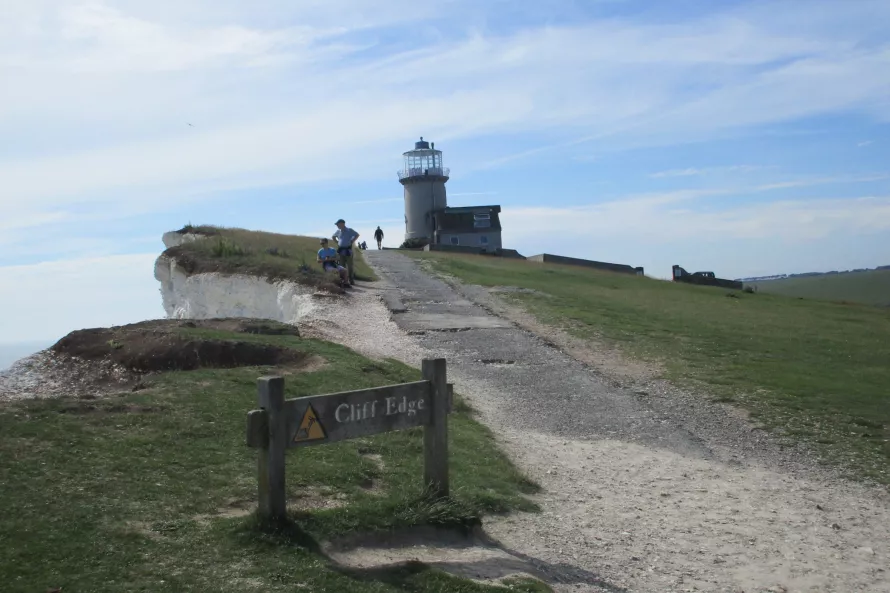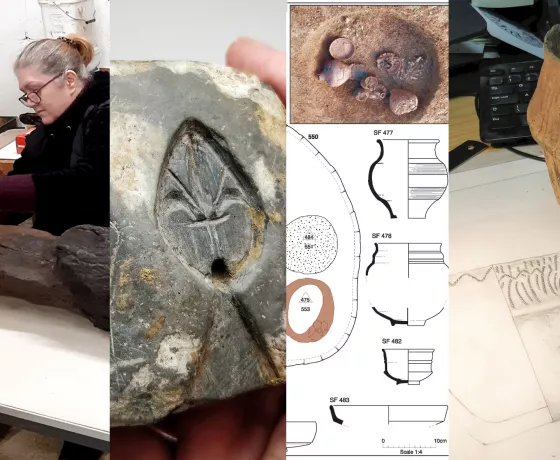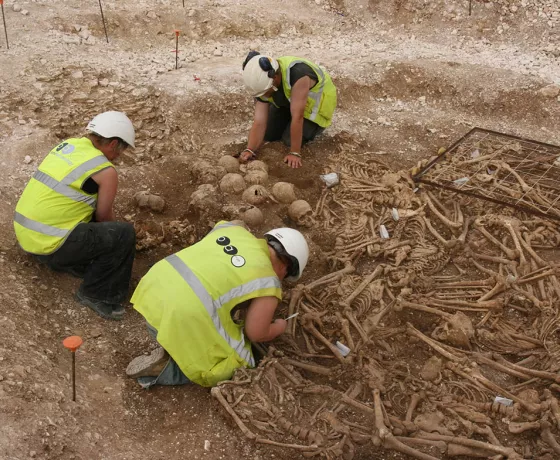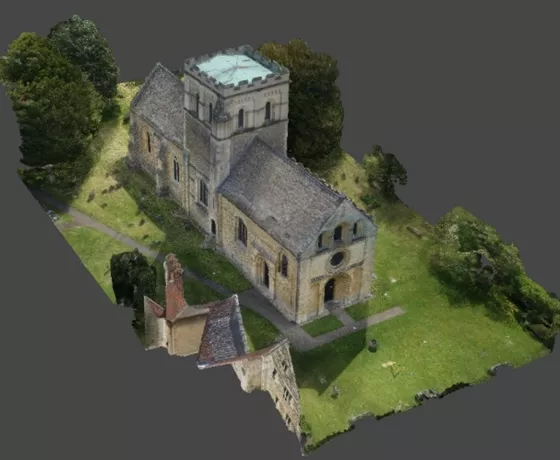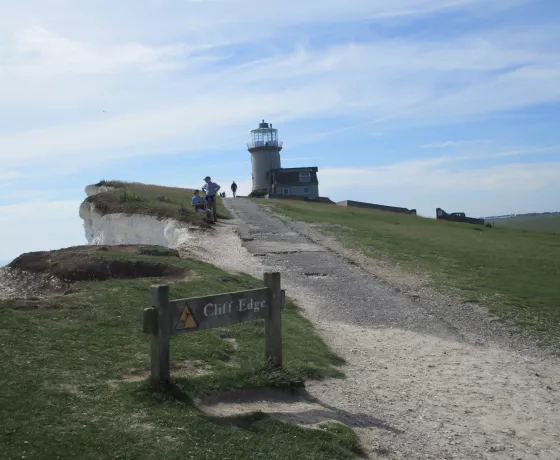What is it?
The Heritage Management Service is a dedicated team of archaeologists, heritage professionals and researchers with an expertise in research, legislation and planning policy as it relates to archaeology, built heritage and historic landscapes.
Oxford Archaeology’s Heritage Management Service has been an integral part of organisation since the formation of the department in 1989, when we set up the specialist consultancy department in order to carry out a major survey of the line of the Channel Tunnel Rail Link (now HS1). But as an arm of the organisation that is not involved in traditional archaeology (or digging) many people are unaware of the interesting and varied work that we carry out.
Our work can broadly be divided into three areas: planning-related assessments and provision of specialist advice; conservation management plans and condition surveys; research projects.
Planning Related Assessments and the Provision of Specialist Advice
Similarly to the wider field of developer-led archaeology a large portion of our work fits into the planning system. But unlike the work carried out by other parts of the Company most of our work occurs at the pre-planning stage. We generally provide clients with an understanding of the archaeological and heritage constraints and sensitivities that could affect their project; we then advise them on the best approach for successfully managing archaeology and heritage risk.
In this role we are routinely asked to produce the different types of assessment -outlined below- to support the determination of planning applications.
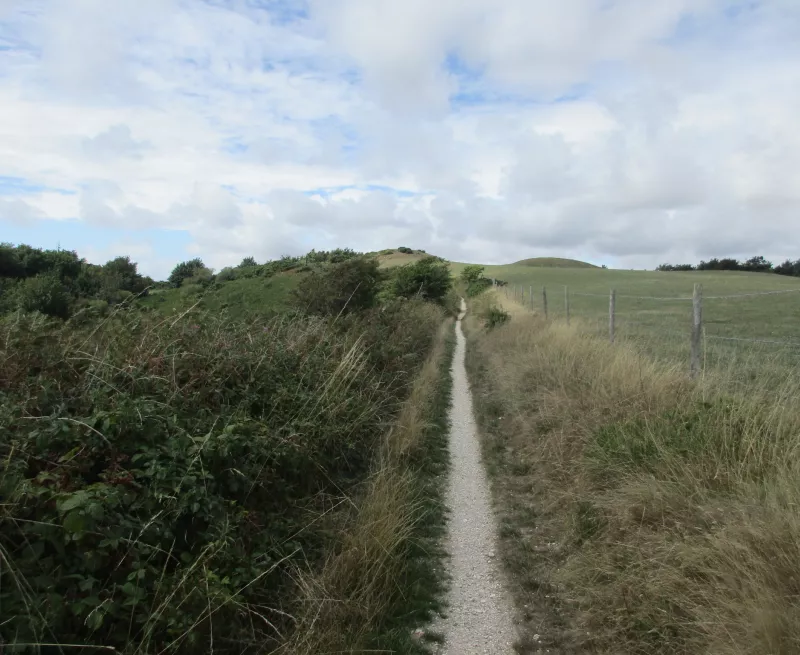
Archaeological Desk-based Assessments provide a comprehensive understanding of the archaeological constraints within a site; and using a combination of historical and cartographic research, aerial photograph and LiDAR analysis and documentary research provide an assessment of the potential for a site to contain previously unidentified archaeological remains. Where archaeological remains are likely to be affected by a development the archaeological desk-based assessment would also provide recommendations for a suitable mitigation strategy intended to reduce, remove or offset the archaeological effects of the scheme.
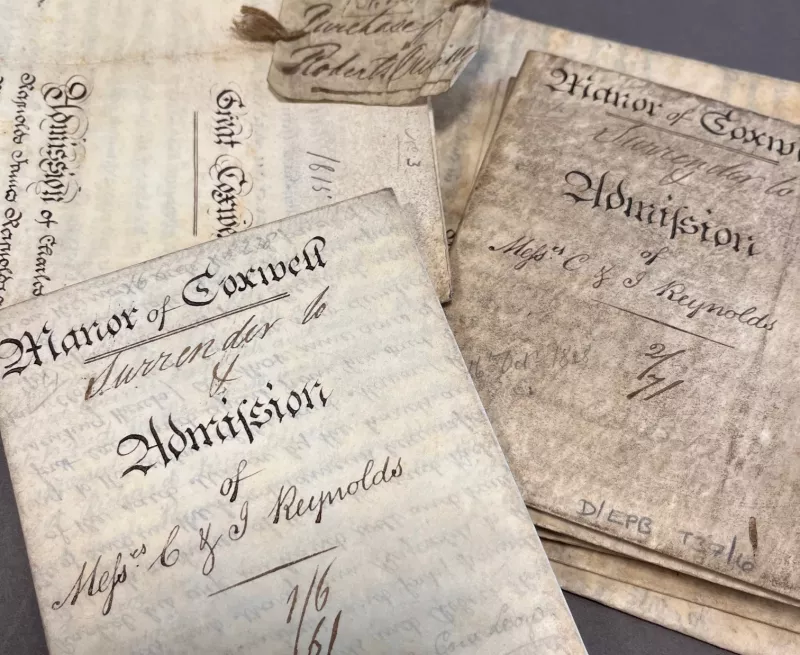
Historic Environment desk-based assessments and Heritage Assessments are similar to an archaeological desk-based assessment, but it also considers the effect that the scheme/development would have upon built heritage assets and historic landscapes. Where relevant, these types of assessment consider the direct effects of a development, i.e. how it will affect heritage assets and historic landscapes within the site; as well as the indirect ones, i.e. how the development will affect the setting and significance of archaeological remains in the area surrounding the site. The results of the Historic Environment desk-based Assessment/ Heritage Assessment can be used at an early stage to guide the design of a development and ensure that it responds to the historic character of an area and areas of particular heritage sensitivity.
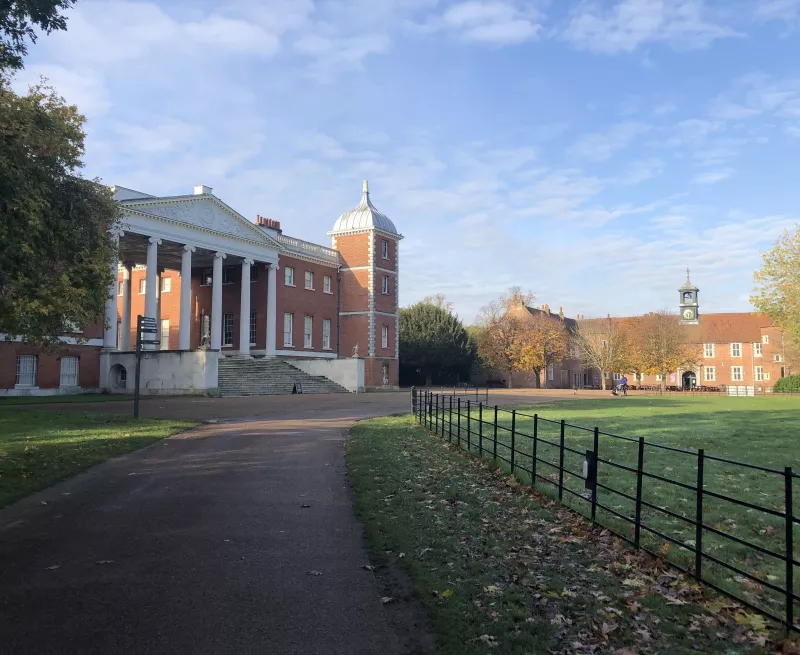
Heritage Support Advice entails working with local authorities during the development of their local plans. This work can involve the production of bespoke assessments considering heritage sensitivities within a local plan area, an assessment of the suitability of sites for allocation in Local Plans (on historic environment grounds) and advice regarding the development of heritage policies within the plan.
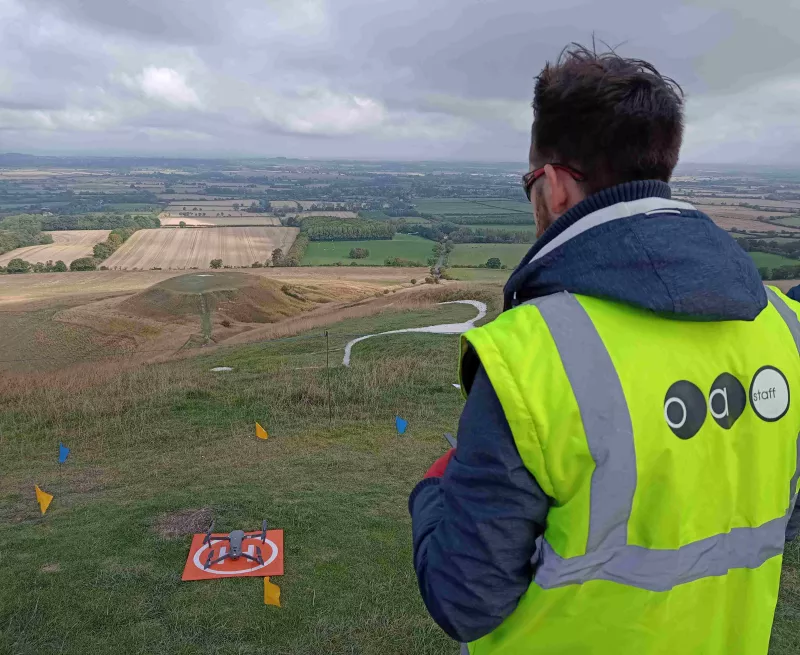
Environmental Impact Assessments are tools used to assess the significant effects of a development/scheme upon the environment. We produce archaeology and cultural heritage chapters of EIAs that identify archaeological, built heritage and historic landscape effects that may result from a development and assess the scale (or significance) of these effects. The report also provides guidance on how these effects will be avoided, reduced or offset. Environmental Impact Assessments are not required for every project. Further guidance on whether your project requires this type of assessment can be found at https://www.gov.uk/guidance/environmental-impact-assessment.
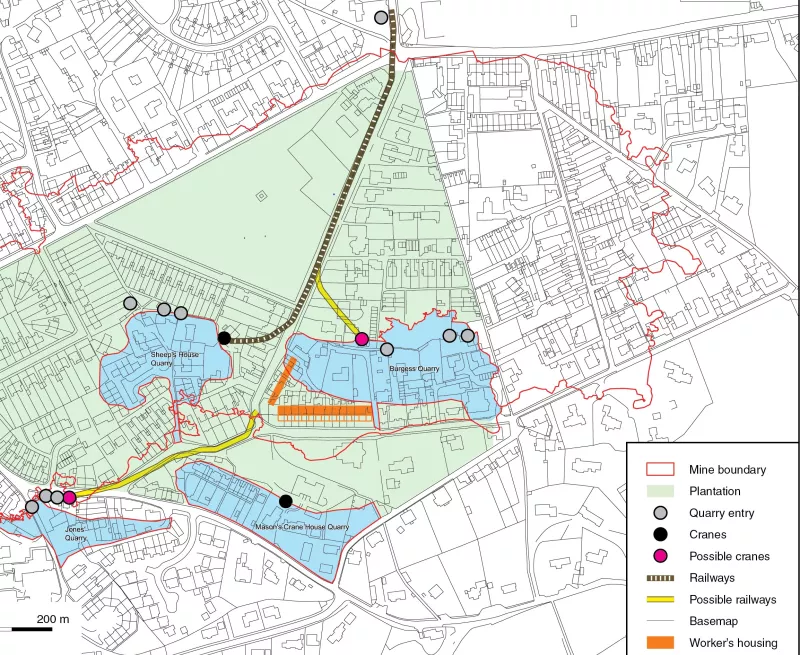
Conservation Management Plans and Condition Surveys
Another avenue or our work includes the production of Conservation Management Plans and Condition Surveys. These types of survey are usually carried out on behalf of Local Authorities, or national bodies such as Historic England and the National Trust and are intended to assess the significance (importance) and current condition of heritage assets and to make recommendations for how to best conserve and manage the asset(s). The works recommended in a CMP aim to preserve or better reveal the significance of the asset for future generations and may include recommendations for repair, alteration or interpretation. We have carried out Condition and Management Surveys for a range of iconic monuments including Stonehenge, Maiden Castle, the Ridgeway National Trail and all (339!) monuments in the Avebury World Heritage Site.
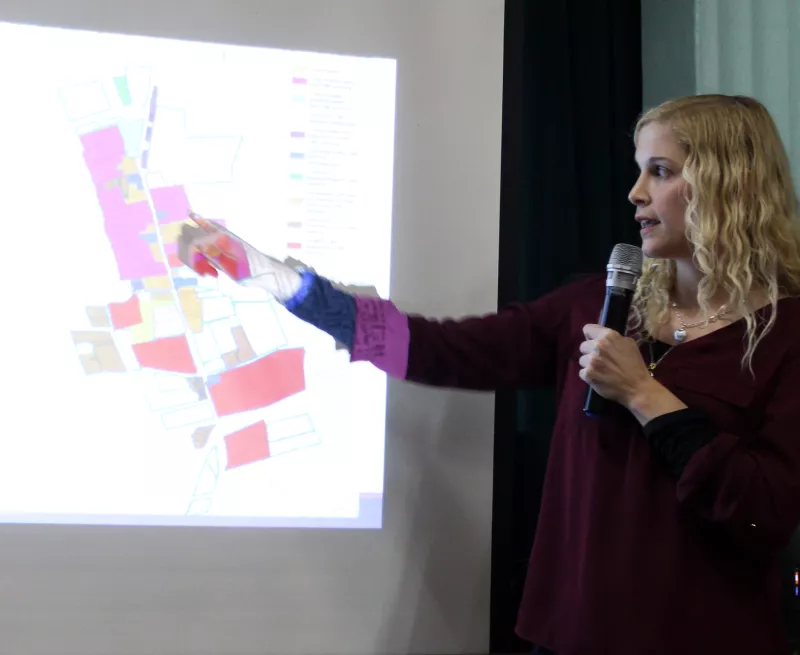
Research Projects
These projects are wide ranging and varied, and usually comprise large scale research projects carried out on behalf of clients including Historic England, the Environment Agency and Natural England, and various National Park Authorities.
Previous projects have involved tasks such as delineating Archaeological Priority Area Reviews for multiple London Boroughs, generating a Historic Landscape Character Assessment for the Black Country, evaluating the impact of coastal erosion on the archaeology and heritage of the East Sussex Coast, conducting Historic Landscape Characterization surveys in Hampshire and Kent, researching Parish Boundaries along the Dorset Ridgeway, undertaking Historic Seascape projects for the Suffolk, Norfolk, and Essex Coast, exploring the early history of Sutton as part of the Sutton Heritage Action Zone, and conducting research on the effects of plowing on archaeological remains.
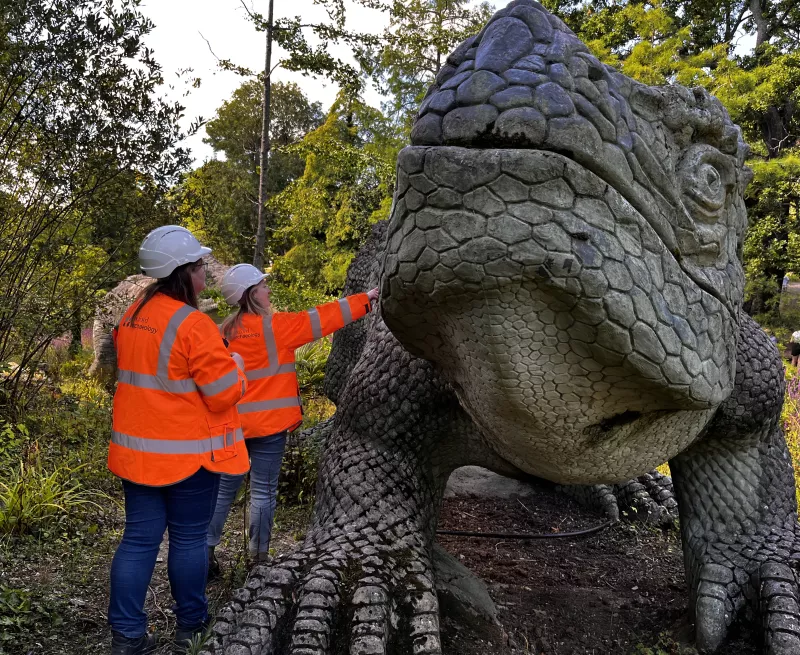
Other posts in this collection
Explore with us all the different disciplines and specialist areas that make up our archaeological practice.

